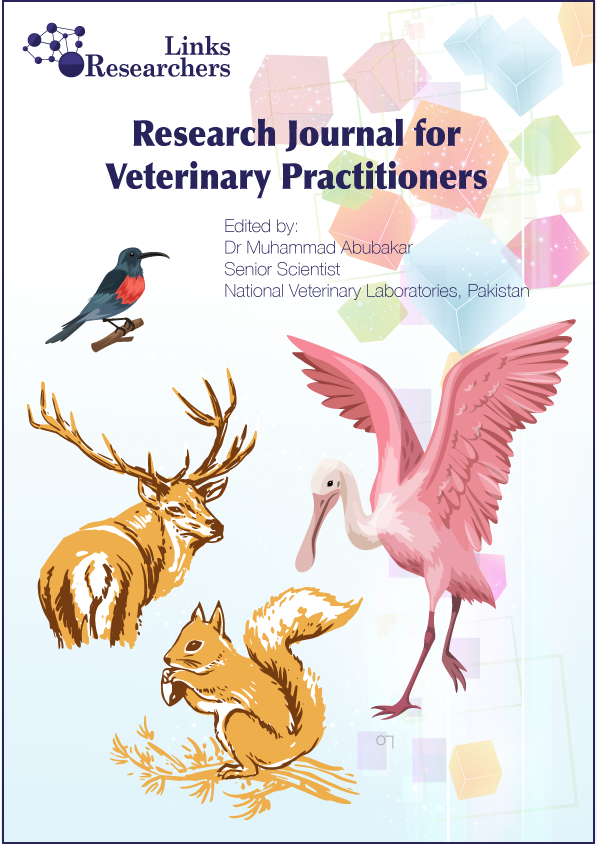Epidemiological Study on Feline Otoacariasis with Special Reference for Therapeutic Trials
Epidemiological Study on Feline Otoacariasis with Special Reference for Therapeutic Trials
Amira Adel Taha AL-Hosary1, Walaa Mostafa2*
ABSTRACT
Mange mite is a common ectoparasite that affects pets. The current study aimed to investigate the most common clinical signs associated with ear mange in household cats, as well as to assess its epidemiological pattern and the most effective treatment. Individual clinical and parasitic examinations were performed, and infested cats were assigned to one of four treatment groups. Each group was treated with one of the following drugs: Frontline®-Merial, BARS® ampules, BARS® ear drops, and the last group received a combination of Frontline® and BARS® ear drops. The most prevalent clinical signs were pruritus, dermatitis, frequent scratching of the ears, and head shaking with coffee-like waxy excretions. The epidemiological findings revealed that age and season significantly affected the prevalence of ear mange in cats (P<0.05). Young cats (less than a year old) were more infested (87.57%) than older cats (50%). Infestation rates were highest during cold months (84.44%). Sex and breeds had a non-significant effect on the infestation rate (P>0.05). According to the results of the clinical trials, the combination between Frontline® and BARS® ear drops was the most effective treatment protocol with a synergistic effect (100% recovery rate), followed by Frontline® (95%), BARS® ampules (75%), and finally, BARS® ear drops (66.67%).
Keywords | Cat, Otoacariasis, BARS®, Frontline®, Age, Season
To share on other social networks, click on any share button. What are these?





